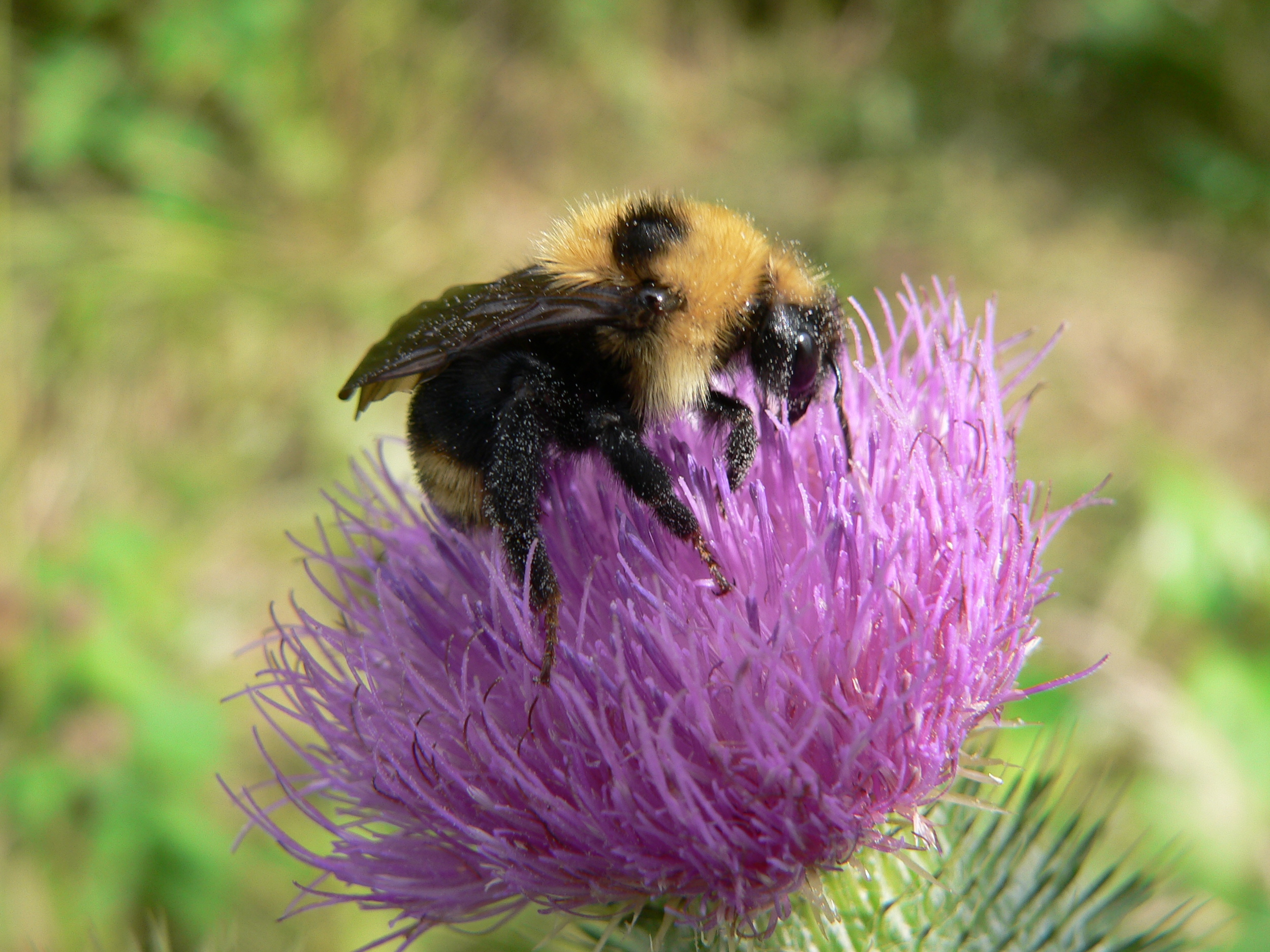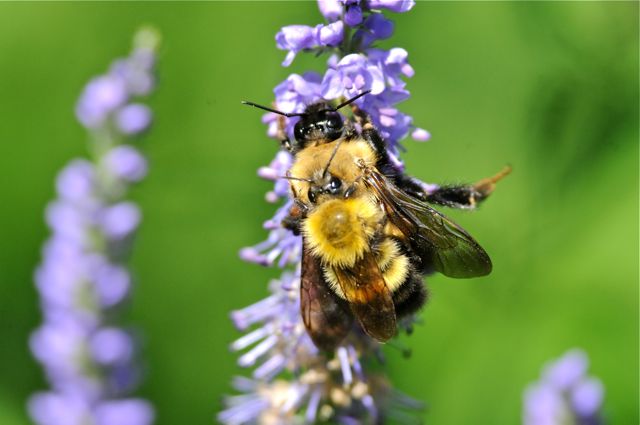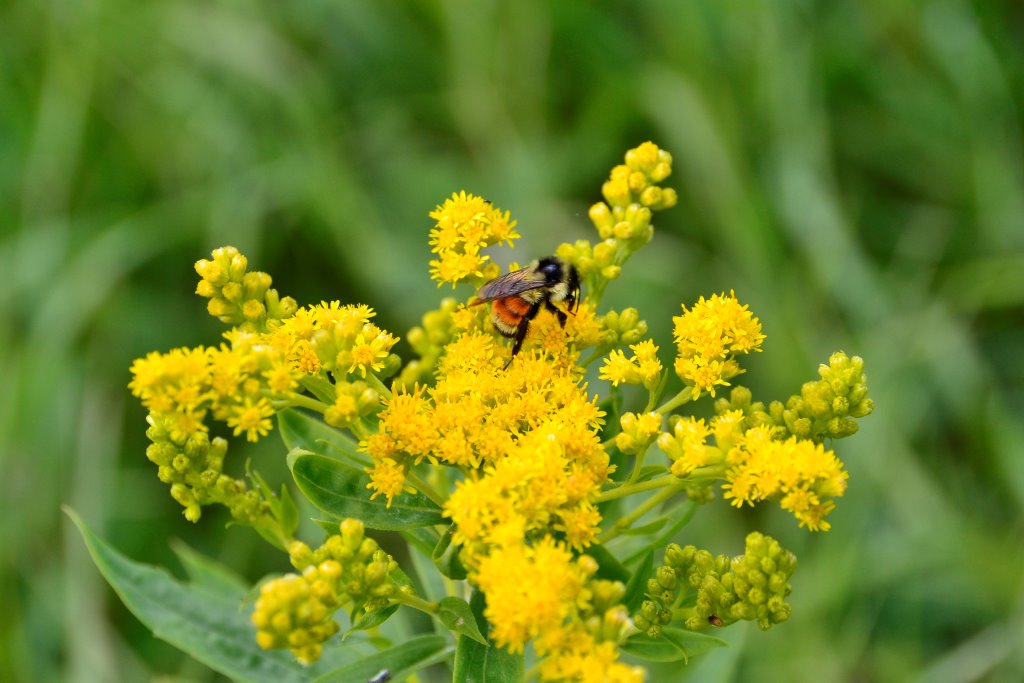Natural areas provide habitat for many creatures so a greater diversity of species can live in the area, and the environment thrives off of this richness. Bees, other insects, and animals use natural areas as food and habitat. Unfortunately, many natural areas are being lost, which can create problems for the agricultural industry because this destroys the habitat and food for pollinators and pest controllers of croplands.
When the natural area is removed, the bees, insects and animals must live somewhere else, if a place is available. This new habitat may be a larger distance from croplands, so bees have to travel farther to pollinate the crops, which over time can lower field productivity. When natural areas become cropland, the absence of insects and animals leaves the cropland with less natural pest control. In turn, more insecticides and pesticides need to be used to protect crops to the same degree.





That’s why the >1,100 acres conserved by EALT is so important – they provide important habitat for all kinds of pollinators.
Bees are responsible for about 80% of the plant pollination world-wide. Some of the native Albertan bees include Leafcutters, Bumble bees (many different kinds), Andrenid bees, and Honey bees. There are 300+ kinds of bee in Alberta alone! Bees pollinate crops of canola, clover, alfalfa, sunflowers, and Saskatoons. Wild bees are essential to our environment and ecosystems. They live in the natural areas which are the bees’ habitat. From the natural areas, they travel to pollinate plants and crops. By keeping and maintaining these natural areas adjacent to cropland, the animals and insects are allowed to pollinate crops and control pests.
Pests create problems in the agriculture industry, so many farmers use some sort of pesticide to protect their crops. This can harm or kill bees. It is essential to keep in contact with beekeepers on your land so you can protect your ‘pollinators’ as well as gain a larger yield! However, there is a benefit to keeping natural areas near the cropland, as these areas are homes for natural pest controllers such as other insects and/or animals.
Honey bees create the honey we all love! Many beekeepers have their bee hives near or on agricultural land crops (including canola, alfalfa, and clover) due to the large amount of nectar and pollen the crops provide the bees. Bees need certain nutrients and amino acids to stay alive. They obtain these through their diet (pollen and nectar) from natural areas as well as crops. Canola is rich in such nutrients and amino acids, making it perfect for honey bees to eat. Canola is also high in sugar, protein, and fat, which makes it a great light coloured honey. Honey bees use canola crops to produce about 60-70% of the honey in Alberta. Alberta is the fifth largest producer of honey worldwide! Canola honey is sought worldwide for its flavor and colour. With honey bees and other pollinators nearby, the average yield of a crop of canola increases by about 15%. Honey bees decrease flowering time in canola, which allows the crop to grow faster and be ready for harvest sooner. Bees and canola are made for one another – it’s as simple as that!
Remember, natural areas benefit croplands by supplying habitat to the bees (both wild and honey) that pollinate the crops. Protect the natural area and you are protecting the bees as well!
So Let’s Bee Friendly with our Practices!
- Keep communication between farmers and the beekeepers open.
- Maintain natural areas on your land for maximum wildlife and a flourishing ecosystem.
- Don’t spray if the crop is flowering, as this is peak time for the bees to be pollinating and foraging for food.
- Spray after 8 p.m., as the majority of bees will have returned to their hive for the evening by then, and it avoids the peak foraging time of around 10am.
- Check the weather conditions and give good directions to the sprayers about beehive locations.
- Use the least toxic chemical when spraying.
- Use integrated pest management if available.
Photos by Doris May, Marg Reine, Betty Fisher, EALT


